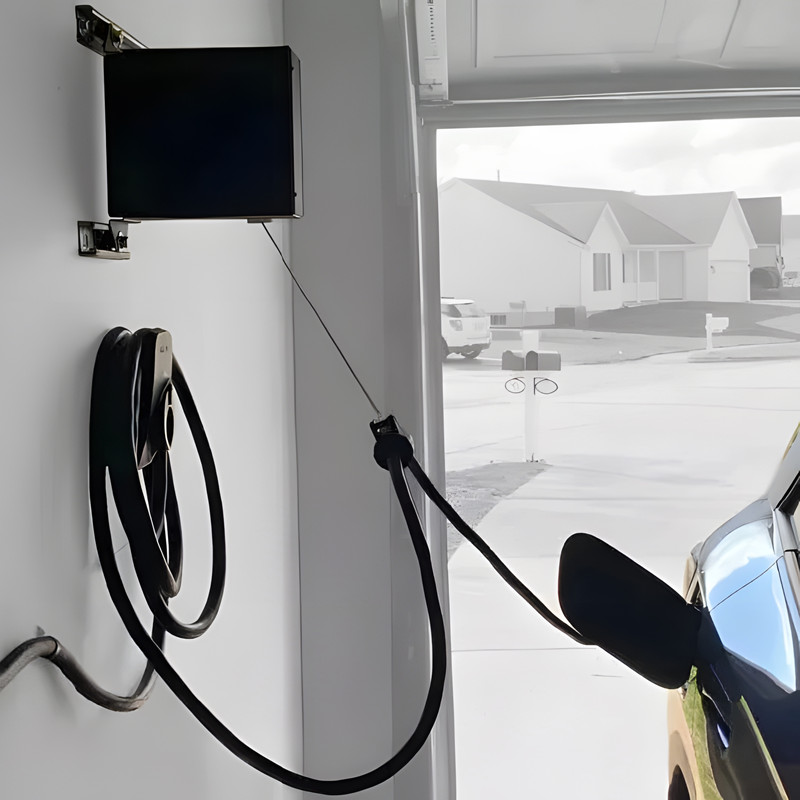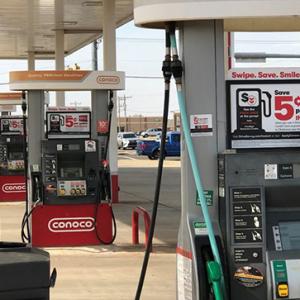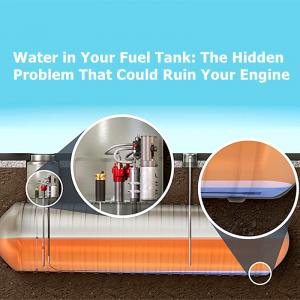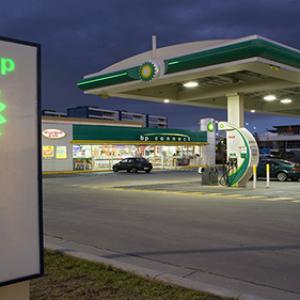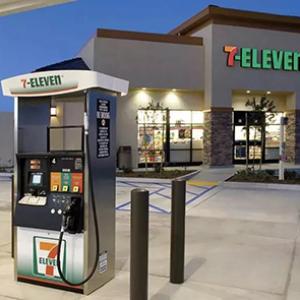Differences Between Hose Retractors and EV Charger Cable Retractors
Design Differences Between Hose Retractors for Fuel Dispensers and EV Charger Cable Retractors
In the daily scenarios of energy replenishment, fluid transfer and power transmission represent two fundamental needs. Whether it's the fuel hose at gas station dispensers or the heavy charging cables at EV stations, their organized management relies on an ingenious device: the automatic retractor. While these two types of retractors may appear similar in form and function - both designed to achieve "pull and retract" operations while preventing clutter and damage - a deeper examination of their designs reveals they embody two distinct engineering philosophies, each tailored to their specific environments and the medium they carry. As global gas station infrastructure improves and new energy vehicle charging networks expand rapidly, the market demand for both products continues to grow.
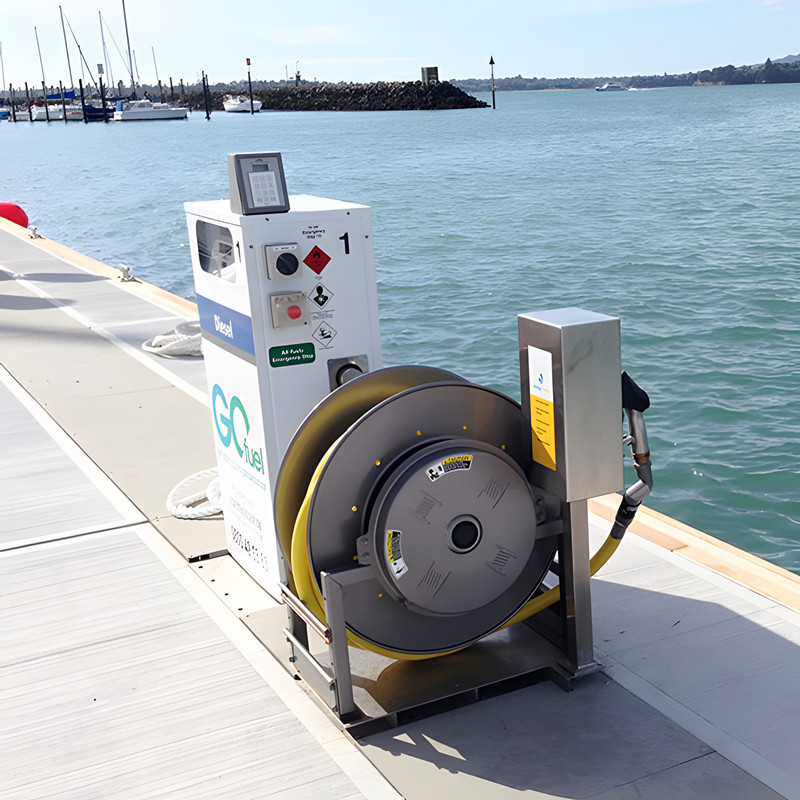
Hose Retractors for Fuel Dispensers: Industrial-Grade Durability for Multi-Scenario Applications
Hose retractors are "hardcore" equipment born for high-intensity, heavy-duty industrial environments. Their design prioritizes rugged durability and wide applicability. They are not just standard equipment at gas station dispensers but play indispensable roles in various harsh environments including coastal docks, ships, tanker trucks, large oil depots, and construction sites.
Core Mechanism and Safety Protection
The essence of a fuel hose retractor lies in its precision automatic retraction mechanism. Modern high-end products employ a combination of constant-force spring systems and gear reduction mechanisms to maintain stable retraction speeds under varying loads. Taking industrial-leading brands as examples, their products feature torque-balancing devices that enable smooth retraction of 30-meter fuel hoses even at full capacity, with tension adjustment ranges reaching 50-300N, meeting diverse needs from light vehicles to heavy trucks. The latest trends include motor-driven and hydraulic-driven retractors that can be operated via buttons or remote control, further enhancing efficiency and safety.
Given the flammable nature of petroleum products, these retractors incorporate multiple safety features:
-
Electrostatic Discharge System: Built-in copper conductive brushes ensure resistance remains below 10⁶Ω, effectively preventing static sparks.
-
Explosion-Proof Braking Mechanism: Spark-free braking achieved through magnetic hysteresis principles ensures operational safety in flammable environments.
-
High-Temperature Resistance Design: Core components use high-temperature resistant alloys, with operational temperature ranges reaching -40℃ to 150℃, maintaining stable performance even under extreme conditions.
-
Materials and Customization
The core component—the retractor spindle—is typically made of high-strength carbon steel or stainless steel to withstand various extreme environments. To resist UV rays and humid air corrosion, retractor surfaces receive special electroplated coating treatments, ensuring they don't deform or degrade during years of outdoor use. This rugged design allows the retractors to endure high-frequency, intensive use. Internal components like "high-temperature adhesive fire-resistant discs" (referring to heat-resistant, flame-retardant internal mechanical components) prevent structural deformation or functional failure under potential fire risks. Meanwhile, to meet different application scenarios, retractors are available in various lengths and sizes, offering solutions from short-distance vehicle refueling to long-distance ship fueling.
EV Charger Cable Retractors: Human-Centric Intelligence and Aesthetics
Unlike the rugged industrial style of hose retractors, EV charger cable retractors emphasize user experience, convenience, and aesthetics in their design, representing a more human-centric design philosophy.
User-Focused Innovative Features
A key advantage of EV charger cable retractors lies in their user-friendliness. Through suspended designs, their built-in weight-balancing systems (using counterweight and spring composite structures) can offset 70%-90% of the cable's weight, making the charging process effortless. This is particularly beneficial for female and elderly users, with data showing such ergonomic designs improve female user satisfaction by 42% and increase usage willingness among users over 65 by 35%.
Additionally, these retractors feature position-locking capability, allowing cables to be suspended at any comfortable height regardless of position, eliminating the need for bending or lifting. This not only enhances convenience but also protects users' physical health.
High Durability and Smart Protection
Despite their compact design, EV charger cable retractors offer equally impressive durability, with extension/retraction cycles reaching hundreds of thousands, sufficient for high-frequency daily use. More importantly, they fundamentally solve common cable issues: by keeping cables suspended, they effectively prevent damage from dragging on the ground or vehicle碾压, thereby extending cable lifespan and reducing maintenance costs.
Their sleek, compact designs better integrate into modern urban environments and private garages. Notably, this user-friendly suspension design can also be applied to fuel hoses as gas station dispenser hose hangers, demonstrating the universality of the design concept. According to latest market research, EV cable retractors are evolving toward smart features, such as integrated sensors that automatically initiate retraction when users unplug the charger, or remote control via mobile apps, all aimed at creating a more seamless, intelligent charging experience.
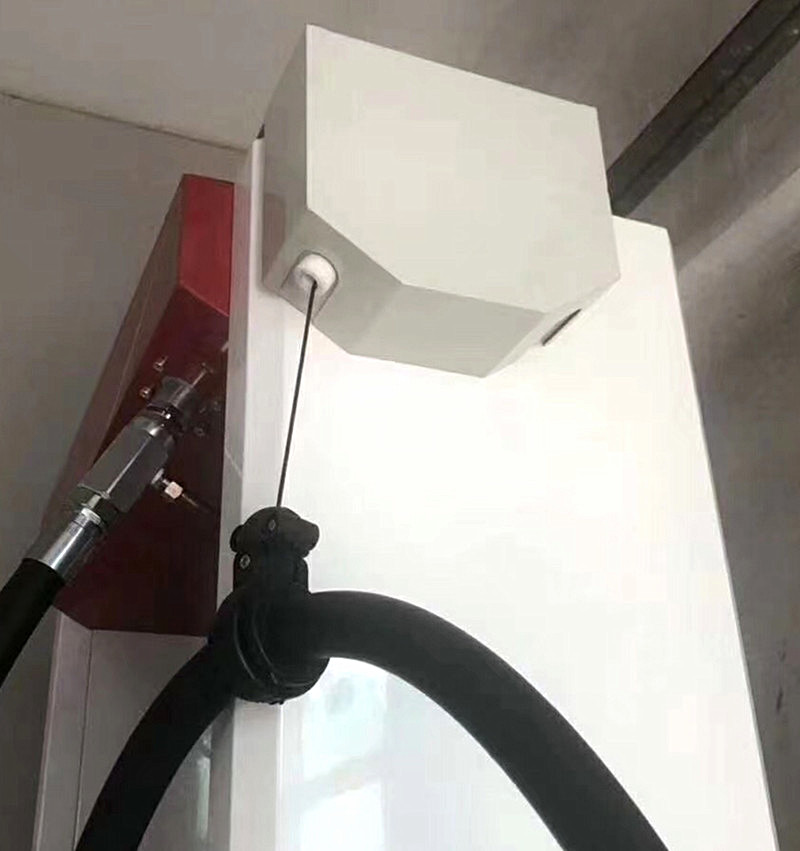
The Fundamental Clash and Future Convergence of Design Philosophies
Reviewing these two devices' designs reveals their fundamentally different core philosophies:
-
Hose retractors for fuel dispensers embody an "industrial-grade ruggedness" philosophy, with all considerations centered on completing tasks efficiently, reliably, and safely in harsh environments. Their main features include high tension, corrosion resistance, static prevention, and heat tolerance.
-
EV charger cable retractors follow a "consumer-grade friendliness" philosophy, with all innovations aimed at solving user pain points through intelligent features to enhance convenience and comfort. Their main characteristics include lightweight construction, aesthetic appeal, position locking, and improved user experience.
However, these philosophies aren't entirely separate. As energy replenishment methods evolve, future hose retractors may combine the best of both. For instance, future gas station dispenser retractors might maintain industrial-grade durability while incorporating suspension and locking technologies from EV retractors to make refueling easier. Similarly, future EV retractors may move closer to industrial standards in durability and safety, adopting more robust materials and reliable internal structures to handle high-frequency use at public charging stations. This clash and convergence of design philosophies are driving continuous upgrades in energy replenishment equipment, ultimately leading us toward a safer, more efficient, and more user-friendly future.
